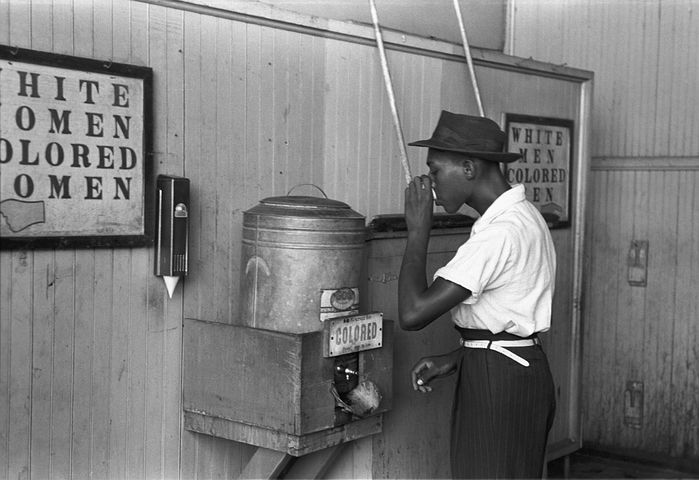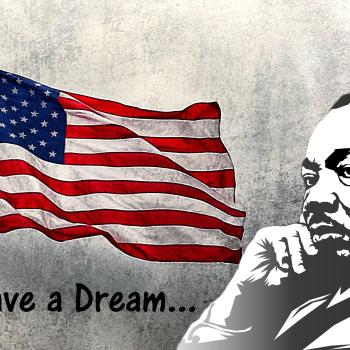 Islamophobia and anti-Semitism, racism and other hate incidents are on the rise-Tree of Life synagogue and multiple church shootings to name just a couple. These incidents are often politicized but there is actually a lot of research on the neuroscience of bias, hate and stereotyping with some remarkable findings. Recently I took the Implicit Bias Test and urge you to do the same.
Islamophobia and anti-Semitism, racism and other hate incidents are on the rise-Tree of Life synagogue and multiple church shootings to name just a couple. These incidents are often politicized but there is actually a lot of research on the neuroscience of bias, hate and stereotyping with some remarkable findings. Recently I took the Implicit Bias Test and urge you to do the same.
I was introduced to this subject by Kimberly Papillon, a consultant on Neuroscience and Law, when she made a fascinating presentation to a group of physician educators last year. You are all aware of the conscious, explicit biases, but her insights into subconscious, implicit bias when it comes to race, gender, immigration, religion and other social issues made me explore this subject further, resulting in me taking the Harvard Implicit Bias Test (IAT).

IAT can be viewed as a test of our learned behaviors and biases towards social (and other) issues. Simply put, it is a test of how we associate various objects and people as good and bad. (OK this may be an oversimplification). Harvard has developed numerous IATs on age, race, gender, Arab Muslims, religion and weapons. They compile the results and show if you have any built in implicit bias(es) that you may not have been aware of. It also gives good insight as to how, and why fear works.
Kimberly Papillon, an expert and a much sought-after speaker in this field, goes beyond the IAT and cites other research on on the subject of neuroscience and bias in one of her papers:
Neuroscientific, psychological, and statistical studies demonstrate that bias need not be explicit for biased decision making to occur. Racial animus can be implicit, and this unconscious bias and its neurophysiological correlates can predict discrimination against people of color in hiring, job promotion, housing, service provision, effective advocacy, or empathy.
Neuroscientific studies consistently show that specific areas of the amygdalae, small subcortical nodes in the brain, activate when subjects feel fear, anxiety, and distrust. For example, someone diagnosed with arachnophobia (fear of spiders) will demonstrate a significantly higher level of amygdalae activation when viewing pictures of spiders than pictures of other predatory or ferocious creatures, such as tigers.
Functional magnetic resonance imaging studies show a similar brain reaction in many people when they view the faces of African American men…..However, the study found a surprising, direct correlation between the level of amygdala activation and the results of the race implicit association test, which is a reaction time test that measures implicit bias against African Americans and whites.
Shoot/Don’t shoot form of IAT:
In another version of IAT, they showed pictures if white and black men holding a gun or a wallet and the test takers were to hit computer keys for ‘shoot’. Holding the test= shoot. Holding a wallet=don’t shoot. The results were amazing, but perhaps not surprising. More people were likely to “shoot” when they saw the pictures of black men holding a gun then a white man holding a gun.
What was more amazing was that folks were more likely to “shoot” when they saw black men holding a wallet than when white men were holding a gun!
In another IAT, test takers were asked to associate weapons and harmless objects with Black Americans or White Americans. Here is a screenshot of Harvard’s “Weapon IAT’, showing 73% of the test takers having either strong, moderate or slight association of black Americans with weapons and White Americans with harmless objects.

The ‘Arab-Muslim IAT’ similarly revealed the biases against the Arabs and Muslims, though not as strongly tilted against the Black Americans noted above. I was actually somewhat surprised to see 17% with strong, moderate or slight preference for Arab-Muslims. The data reported on Harvard’s test site does not reveal the ethnic or racial backgrounds of the test takers.
Like any of these tests, IAT has limitations and is not fool-proof but very intriguing nonetheless. In fact there are many critics of the test, pointing to some some limitation, such as this paper. The paper cites one of the main critics, Texas A&M psychologist Hart Blanton (So, the classic race IAT compares whether you’re quicker to link European-Americans with words associated with the concept “bad” and African-Americans with words related to “good” or vice versa. Your score is on a scale of -2.0 to 2.0, with anything above 0.65 or below negative 0.65 indicating a “strong” link.There’s not a single study showing that above and below that cutoff people differ in any way based on that score), as well as response from the IAT developers, social psychology researcher Anthony Greenwald, and Brian Nosek of University of Virginia. (While Nosek and Greenwald say they agree that the IAT measures external influences and not just personally held attitudes, they add that it’s a reflection of reality, not a problem with the test. “In my view,” says Nosek, “implicit associations are the sum total of everyday associations.”)
Here is a link to the Harvard’s IT tests that I highly recommend. Most of these take about 3 minutes to complete.
https://implicit.harvard.edu/implicit/selectatest.html
You may say you don’t need sophisticated testing to know about the bias or hate because ‘you just feel it’. And you just have to watch Fox News to see this in full action, though I must say CNN and other outlets are now tilting way to the other side as well.
Implicit Bias-a learned behavior
This is a good news-bad news scenario. The bad news is that we are bombarded with words and images creating fear and hate about certain people or groups of people, resulting in our association in memory of these people as ‘good’ and ‘evil’. The good news is that these implicit biases are learned behavior. If we can learn these biases, we can certainly un-learn them.
The million-dollar question then is; how do you un-learn these biases? I am not sure if there is any science behind it but a good place to start would be opening the mind and hearts first and see things with an objective lens. Easy said than done, I know. But you go to try. This starts with getting to know those who you fear despise or have negative opinions.
A verse from the Qur’an that I often quote is exactly about that- the need to get to each other.
O mankind, indeed We have created you from a male and female and made you nations and tribes (so) that you may get to know one another. Indeed, the most noble of you in the sight of God is the most righteous of you. Indeed, God is Knowing and Acquainted. 49:13
And this one is more directly related to the color of our skin and the different languages we speak- as a sign of god’s creation- not reasons to discriminate on these basis.
And among His signs is the creation of the heavens and the earth, and the diversity of your tongues (languages) and colors; most surely there are signs in this for the learned. 30:22












